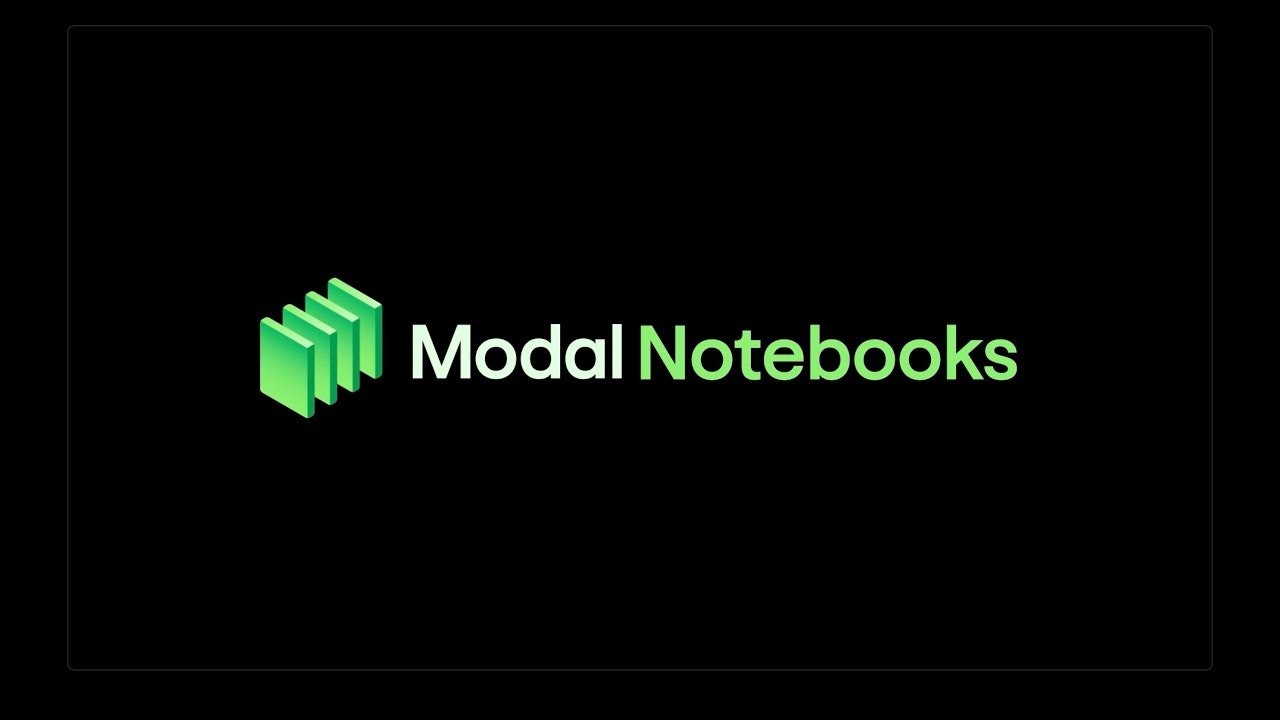Modal Notebooks: High-Performance Collaborative GPU Computing

Overview
Modal Notebooks provide a high-performance, collaborative environment for interactive computing in the cloud, specifically designed for AI, ML, and data applications. This serverless infrastructure allows users to run and deploy machine learning models, execute massively parallel compute jobs, manage task queues, and host web applications without the need for personal infrastructure. Powered by a GPU-enabled Python kernel, notebooks launch rapidly, enabling users to explore data, execute code, and test ideas within a shared editor efficiently. It streamlines development workflows for researchers and developers by offering a robust platform that scales with demanding computational needs.
Demo






Key Features
Modal Notebooks offers a suite of advanced features designed to enhance collaborative AI and ML development in a serverless cloud environment.
- High-Performance GPUs: Access up to 8 B200 GPUs per notebook, launching in seconds for rapid iteration and powerful computation.
- Customizable Environments: Utilize arbitrary custom container images to tailor your development environment precisely to project requirements.
- Advanced Editor Features: Benefit from modern editing capabilities including AI-powered assistance, Language Server Protocol (LSP) support, and semantic highlighting.
- Collaborative Workflows: Engage in real-time collaborative editing with Jupyter Widgets synced across users, fostering seamless teamwork.
- Intuitive User Interface: Experience a beautiful and sleek user interface designed for an optimal and productive developer experience.
- Serverless AI Infrastructure: Leverage Modal's robust AI infrastructure, providing a scalable and reliable foundation for all your machine learning and data applications.
User Review
Users highly commend Modal Notebooks for their exceptional speed and reliability, particularly in handling demanding machine learning workloads and inference at scale. Developers praise the platform's flexible GPU allocation, often launching in seconds, and its sleek, collaborative user interface, which eliminates common frustrations associated with traditional GPU notebook environments and file sharing. While its powerful capabilities are universally appreciated, some advanced users might initially seek more granular control over specific infrastructure configurations, though the overall boost to productivity and simplified DevOps overhead are significant advantages.



